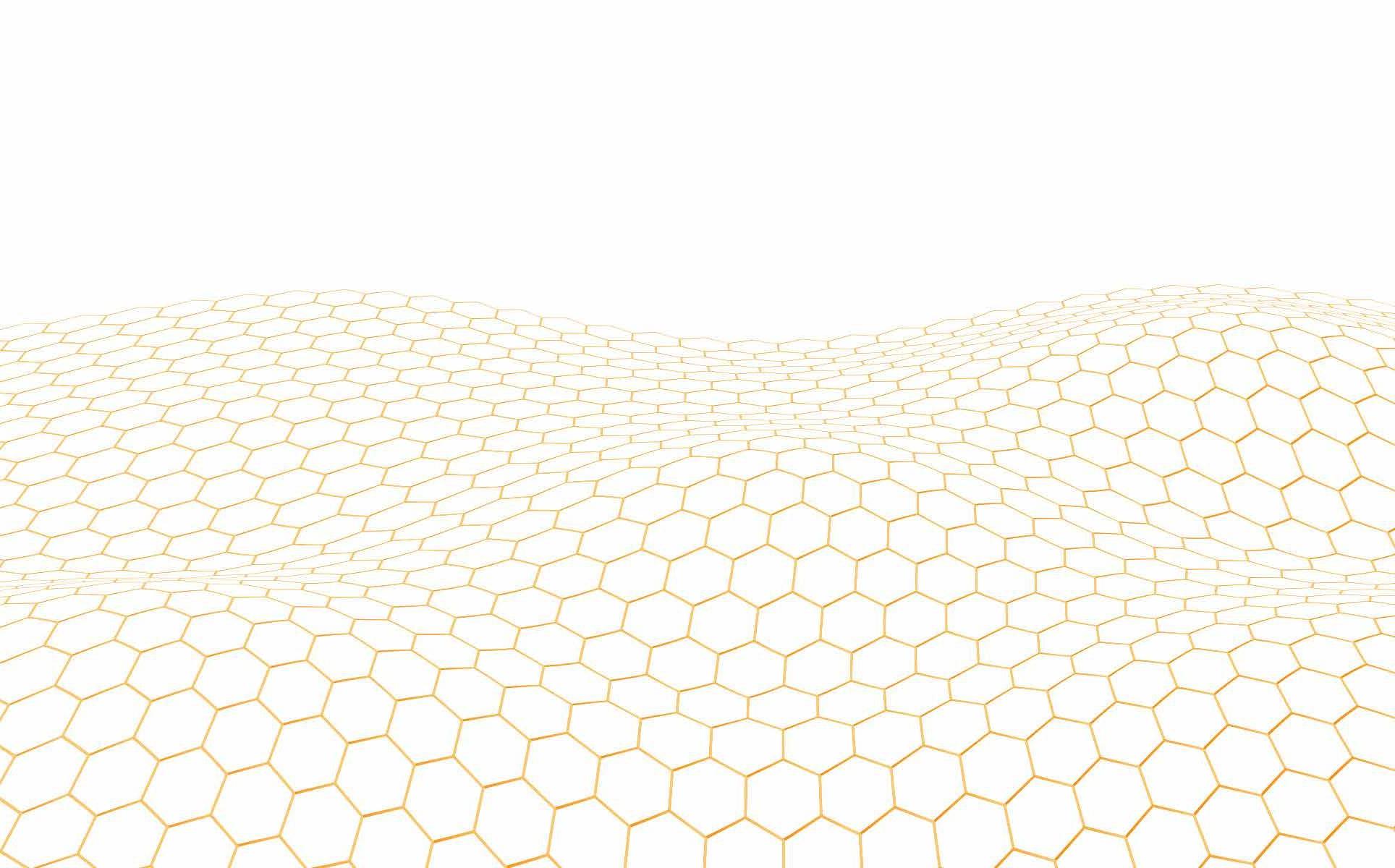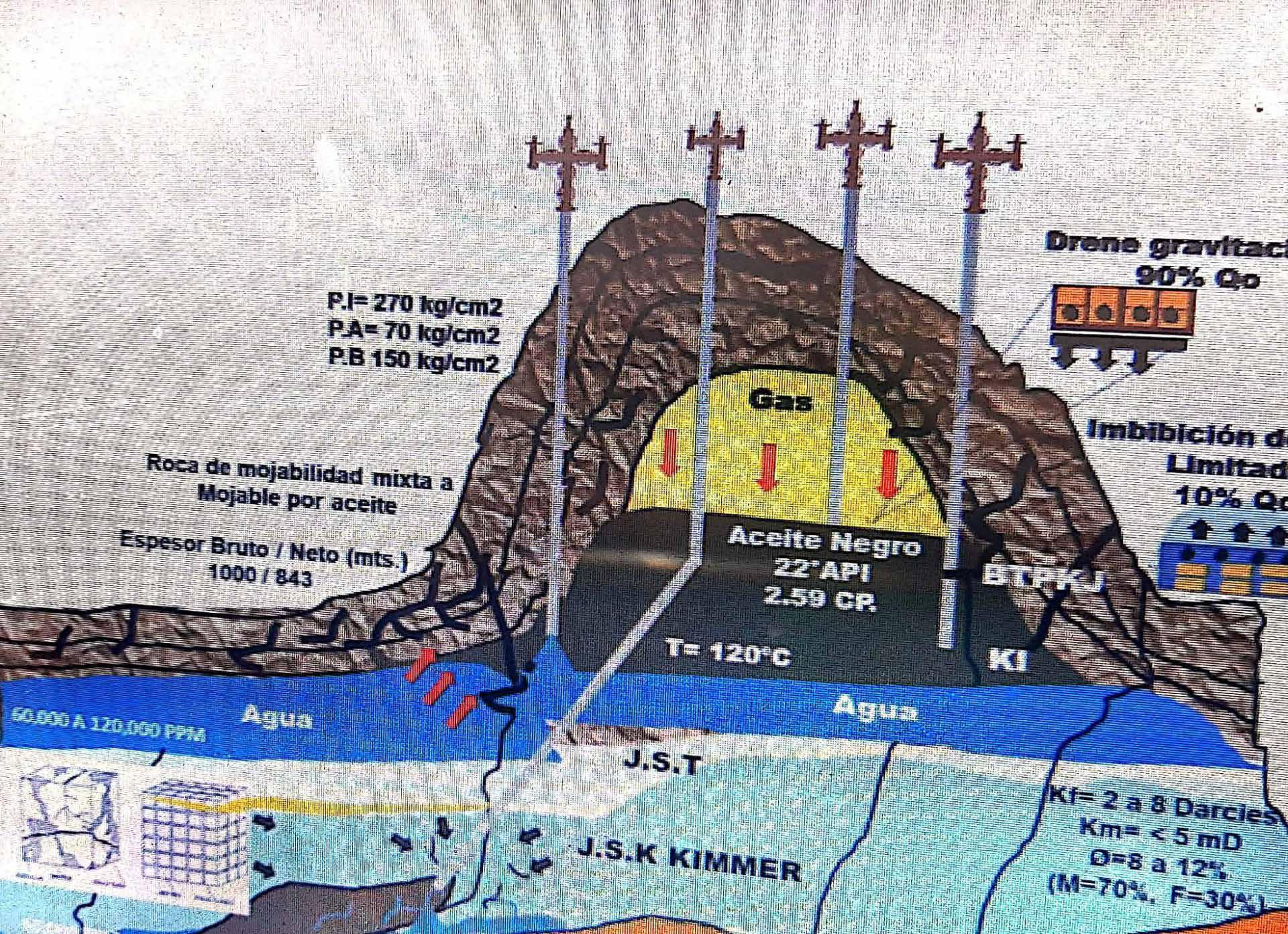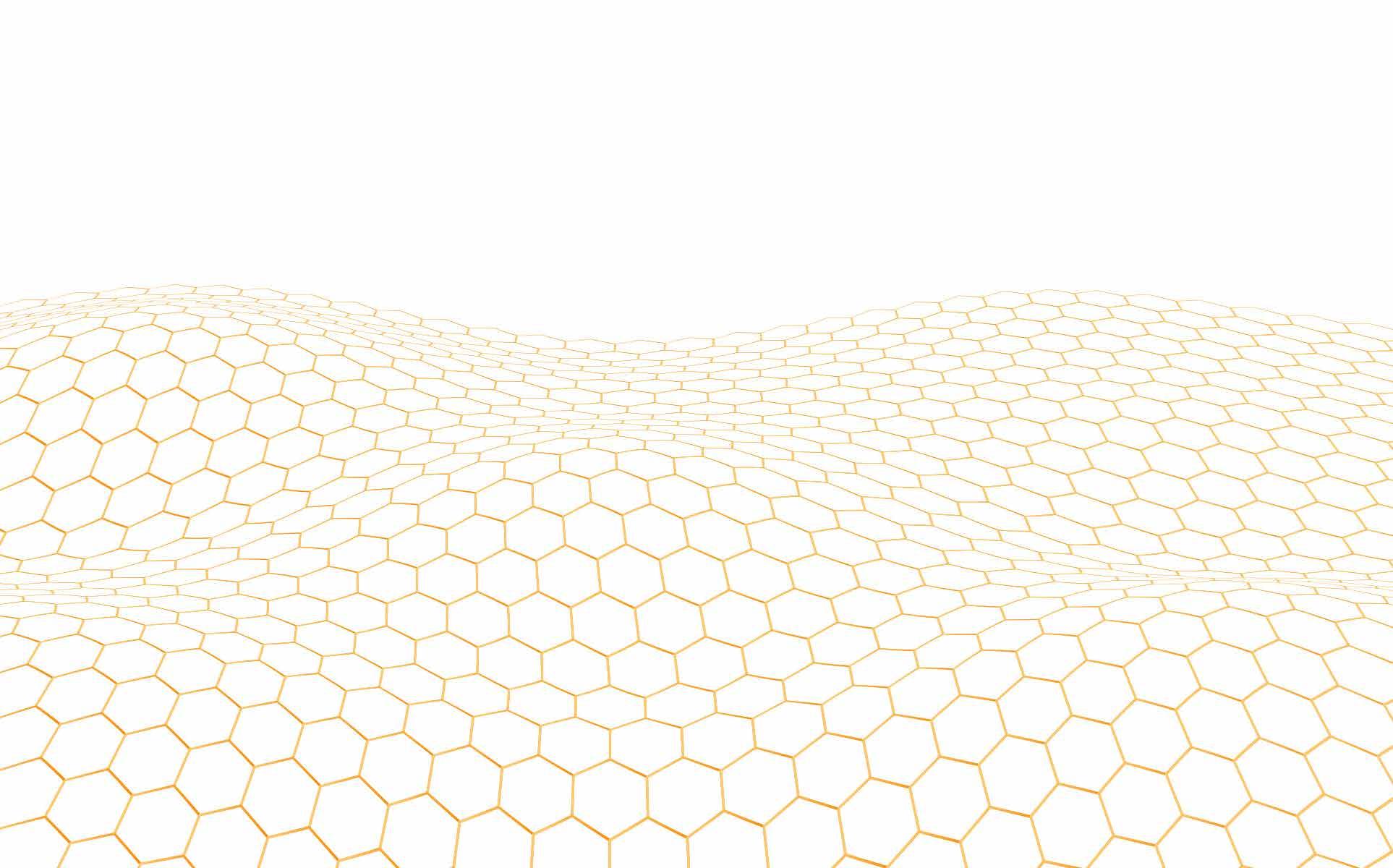
6 minute read
Control selectivo de

Esta tecnología se adecua al tipo de agua de formación en el laboratorio. Así, los ingenieros afirman que posible prolongar el periodo productivo en los pozos que actualmente funcionan con alto corte de agua
Por / By : Miguel Aguilar, Ricardo Posadas, Jaime Ríos, Roberto Lagunas, Eduardo Gaytán y Juan Treviño
Los ingenieros Aguilar, Posadas, Ríos, Lagunas, Gaytán y Treviño elaboraron una propuesta para el control selectivo de agua de formación en yacimientos naturalmente fracturados en condiciones de alta presión y temperatura. La explotación de los yacimientos petroleros tiene varias etapas de producción.
De inicio, es común perforar pozos que producen de manera natural. En esa etapa los ingenieros perforan, al tiempo que la producción se estabiliza mediante bajos costos y factores de recuperación (FR) que van del 5% al 20%.
Sin embargo, la producción declina debido a la perdida de presión del yacimiento. En esa segunda etapa es necesario utilizar alguna tecnología que permita mantener su energía para incrementar el FR de 20% a 45%. La tercera etapa implica altos costos para incrementar la producción y el FR de 45% a 65%.
Los especialistas evaluaron un campo ubicado en Cd. del Carmen, Campeche. El yacimiento recibió una inyección de nitrógeno como mantenimiento de presión en su segunda etapa de producción. Previamente había sido sujeto a terminaciones no convencionales en agujero descubierto con cola extendida, pozos horizontales, tecnologías para control de gas y agua, así como sensores en la ventana de aceite.
El estudio pretendió administrar la declinación de la producción e incrementarla hasta lograr un factor de recuperación del 42% (FR). Debido a los bajos precios del petróleo, restructuración del personal y a la prioridad de otros proyectos en los últimos 3 años, la implementación de nuevas tecnologías ha estado detenida por los costos y riesgos, particularmente en el caso de las tecnologías para control de agua.
En la actualidad este problema continúa. El contacto agua aceite (CAA) avanza y algunos pozos que anteriormente no presentaban un alto corte de agua (%WC) actualmente tienen 90% y 100% de WC.
Por ello, los ingenieros elaboraron una propuesta técnica-económica de dos pozos con problemas de canalización de agua. En su estudio, utilizaron el pozo Ejemplo-3083 para aplicar la última tecnología de control de agua con gel selectivo, probada con anterioridad en los campos Copano y Xanap.
Los ingenieros concluyeron que ambos pozos eran candidatos a un control de agua selectivo. Su objetivo era obturar canales preferenciales de agua de formación (canalización), así como disminuir la
This technology is suitable for any type of formation water in laboratories. Thus, the engineers affirm that it is possible to extend the productive period in oil wells that currently operate with high water cut-off.
Engineers Aguilar, Posadas, Ríos, Lagunas, Gaytán, and Treviño developed a proposal for the selective control of formation water in naturally fractured reservoirs under conditions of high pressure and temperature. The exploitation of oil fields has several stages of production.
Initially, it is common to drill wells that produce naturally. At this stage, engineers drill, while production is stabilized by low costs and recovery factors (RF) ranging from 5% to 20%.
However, production declines due to the loss of pressure in reservoirs. In this stage, it is necessary to use technologies that allow it to maintain its energy and increase the RF from 20% to 45%. The third stage implies higher costs to increase production and the RF from 45% to 65%.
Specialists evaluated a field located in Cd. Del Carmen, Campeche. The field received a pressure maintenance injection of nitrogen in its second stage of production. It had previously been subjected to unconventional open hole completions with an extended tail, horizontal wells, technologies for gas and water control, as well as sensors in the oil window.
The study aimed to manage the decline in production and increase it until a recovery factor of 42% (RF) was achieved. Due to low oil prices, personnel restructuring, and the priority of other projects in the last 3 years, the implementation of new technologies has been halted by costs and risks, particularly in the case of water control technologies.
Today this problem continues. The oil-water contact (OWC) advances and some oil wells that previously did not present a high water cut (% WC) currently have 90% and 100% WC.
Therefore, the engineers prepared a technical-economic proposal for two wells with water


conificación de agua con el cierre de 48 horas. Tras una apertura gradual, propusieron controlar el agua y prolongar el periodo de producción de aceite.
Este tratamiento no afectó la zona productora en el yacimiento, debido a la densidad del gel utilizado. Asimismo, observaron que la formación admite su aplicación hacia la zona inferior. El estudio también demostró que el mayor aporte de aceite (90%) viene de la parte superior por drene gravitacional y no por imbibición espontanea (10%) en la parte inferior.
Tras analizar la intervención realizada en el pozo Copanó, por medio del registro (Spectroscan), los ingenieros identificaron la admisión del sistema en los intervalos productores de agua y aceite. Con ello, descartaron el riesgo de obturamiento de zonas de aceite. Mediciones posteriores también indicaron que, con el tratamiento de control de agua, el gasto de aceite incrementó al tiempo que el corte de agua disminuyó.
Los ingenieros afirman que este tipo de tratamientos reducen costos de RMA por control de agua hasta un 70% aproximadamente, e incluso el tiempo de intervención se reduce en 80%. En este caso, el beneficio real fue incrementar la producción al incorporar pozos con posibilidad de explotación cerrados por su alto corte de agua. channeling problems. In their study, they used the Example-3083 well to apply the latest selective gel water control technology, previously tested in the Copano and Xanap fields.
Engineers concluded that both oil wells were candidates for selective water control. Its objective was to block preferential formation water channels (canalization), as well as to reduce the water conification with a 48-hour closure. After a gradual opening, they proposed to control the water and, with that, extend oil production periods.
This treatment did not affect producing zones in the reservoir, due to the density of the gel used. Likewise, they observed that the deposit admits its application towards its lower zone. The study also showed that the highest oil contribution (90%) comes from the upper part by gravitational drainage and not by spontaneous imbibition (10%) in the lower part.
After analyzing the intervention carried out in the Copanó well through Spectroscan, engineers identified the system’s admission of both water and oil-producing intervals. With this, they ruled out the risk of clogging oil areas. Subsequent measurements also indicated that, with water control treatment, the oil flow increased as the water cut decreased.
Engineers claim that this type of treatment reduces RMA costs for water control by approximately 70%, and even intervention time is reduced by 80%. In this case, the real benefit was to increase production by incorporating exploitable wells closed due to their high water cut.




